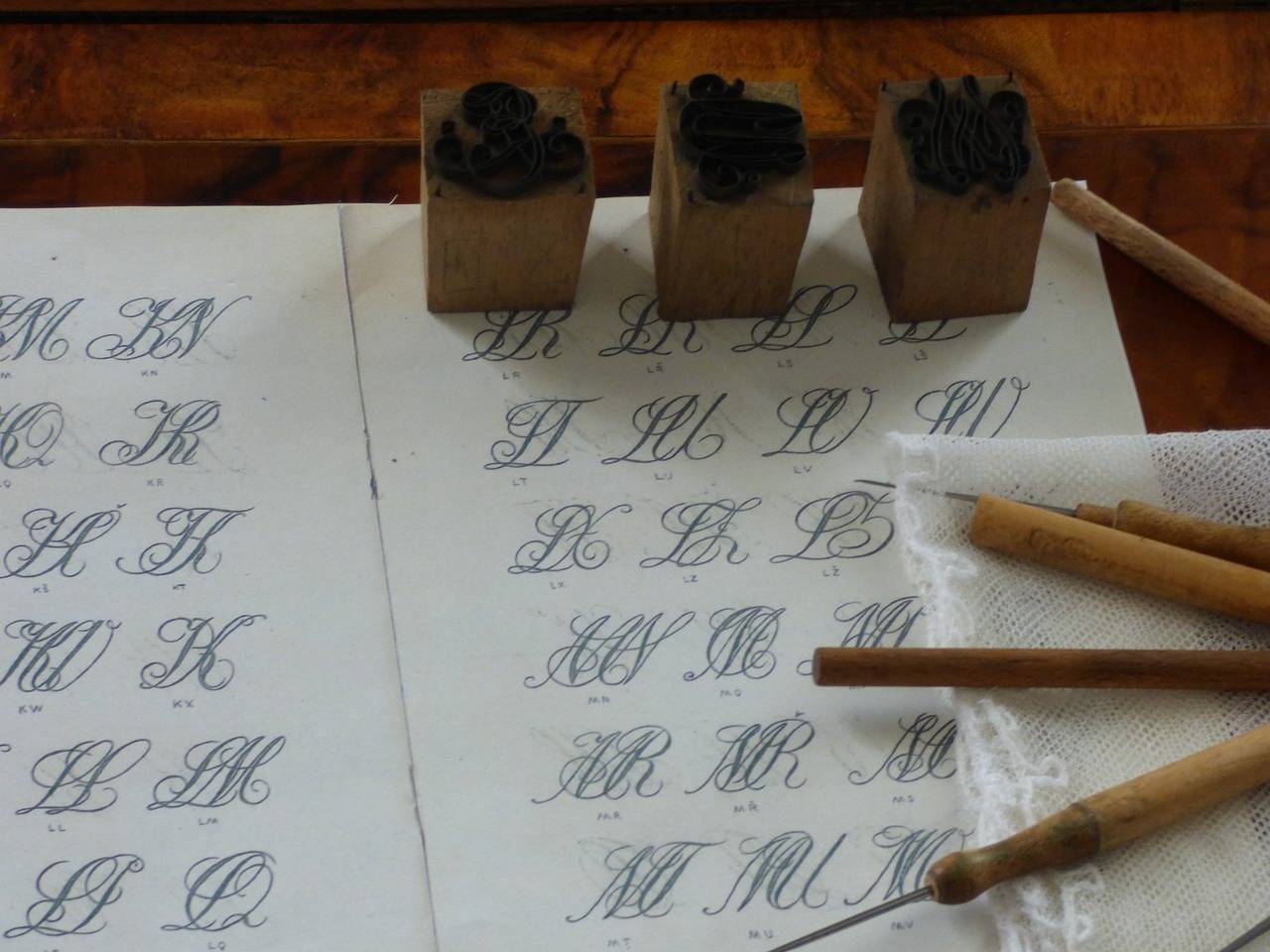Developing Effective Classroom Management Strategies
Understanding the expectations within a classroom setting is crucial for creating a constructive learning environment. These expectations outline the behavior and standards students are expected to uphold throughout the school day. By clearly defining these guidelines, educators can foster a positive and productive atmosphere where students feel supported and motivated to engage in their learning.
Classroom expectations may vary depending on the grade level and subject matter being taught. However, common expectations include being respectful to peers and teachers, actively participating in class activities, arriving on time, completing assignments on time, and following classroom rules. Establishing these expectations at the beginning of the school year helps set a positive tone for the rest of the academic term.
Establishing clear routines
Establishing clear routines in the classroom is crucial for promoting a structured and organized environment. When students know what to expect each day, they feel more secure and are better able to focus on their learning. By consistently following established routines for activities such as transitioning between subjects, taking attendance, and starting and ending the class, teachers can help students develop good habits and improve their time management skills.
Routines also help to minimize disruptions and create a sense of predictability in the classroom. When students understand the expectations for behavior and participation, they are more likely to feel a sense of ownership and responsibility for their actions. Additionally, consistent routines can help teachers manage their time effectively and ensure that valuable instructional minutes are not wasted on confusion or disorganization.
Why is it important to establish clear routines in the classroom?
Establishing clear routines helps create a structured environment, promotes consistency, and ensures that students know what is expected of them.
How can teachers identify classroom expectations?
Teachers can identify classroom expectations by clearly communicating behavioral and academic standards, setting clear goals and objectives, and consistently enforcing rules and consequences.
What are some examples of clear routines that can be established in the classroom?
Examples of clear routines include a daily schedule, rules for classroom behavior, procedures for transitioning between activities, and expectations for completing assignments.
How can teachers effectively communicate and reinforce these routines with students?
Teachers can effectively communicate and reinforce routines by reviewing them regularly, modeling desired behaviors, providing positive reinforcement for compliance, and addressing any issues that arise promptly.
What should teachers do if students have difficulty following established routines?
If students have difficulty following established routines, teachers should provide additional support and guidance, reteach expectations as needed, and work with students to develop strategies for success.





